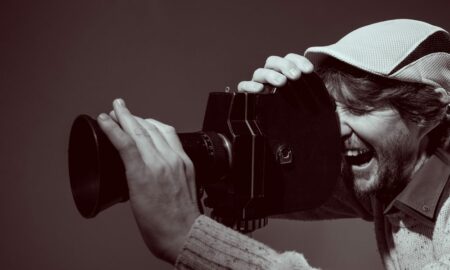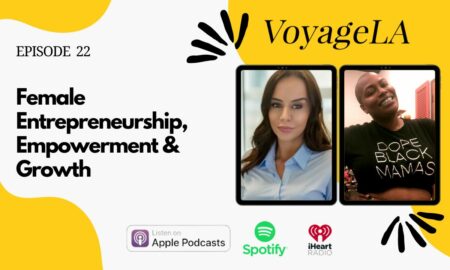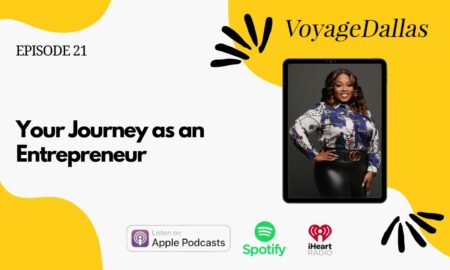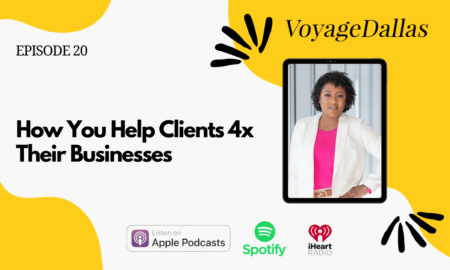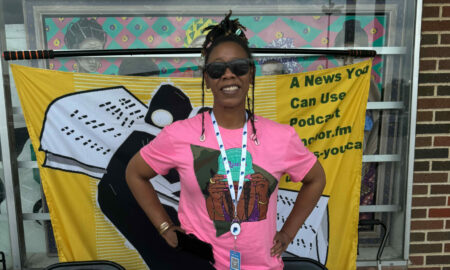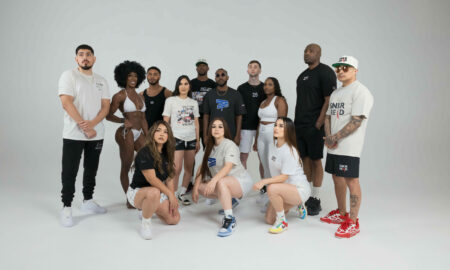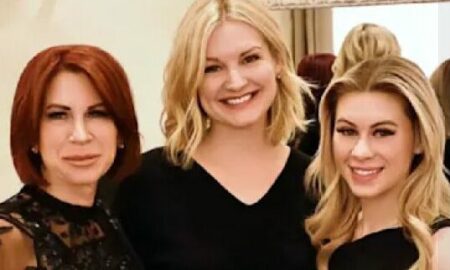

Today we’d like to introduce you to David Smith.
Every artist has a unique story. Can you briefly walk us through yours?
I was born Erie, Pennsylvania in 1970 but moved several times growing up. By the time I finished college in 1992, I had lived in Pennsylvania, California, New Hampshire, and Florida. I entered the Army as 2LT in 1992, became a medical-evacuation pilot, then really started traveling. I flew in the Army for nine years, mostly overseas, which is when I started trying to paint.
In 2000, I left the Army and shortly after entered the US Coast Guard. I flew rescues, counter-terrorism flights, and instructional flights the Coast Guard for 12 years. I was drawing and painting as much as I could toward the end of my time in the Coast Guard, and even taking night courses at the local University. I used my military educational benefits to obtain a graduate degree along the way.
It was when I retired in 2014, after more than two decades of very hard work, that I decided to change course and pursue a formal art education with my GI Bill. My wife and I settled in Dallas, so I completed a Bachelor of Fine Arts in Studio Art and a Bachelor of Arts in Creative Computation. I now have a professional art practice, and I also teach Creative Computing at Southern Methodist University.
Please tell us about your art.
I mostly make large-scale abstract paintings that are reflections on my personal experiences as a military aviator. The scale of these paintings is meant to match the size of my physical reach and the often visceral nature of those experiences.
The movement and rhythm in the paintings are tied to the movements of my body while reflecting on those times in my life. The painting is really a transfer of energy and emotion and a sort of self-healing. The non-representational nature of the marks allows the viewer to take in the energy to build their own narrative. I also create art using computer code. Those works are a collaboration between artist and machine.
Technology is integral to their creation. I develop and build a system of rules in the form of computer code, often infusing elements and phenomena from nature and science, that the machine then follows to create an image or model. I then take these computer-generated objects or images and bring them back into the physical world.
Some of the aesthetics are determined by the computer and some by me. In the process of creating these works, there is a process of relinquishing control to the system, then taking it back. It is very exciting and rewarding to have a foot in the technical world and the creative world.
We often hear from artists that being an artist can be lonely. Any advice for those looking to connect with other artists?
Social media is a great way to connect with artists. #dallasart on Instagram is a great example. Don’t be afraid to reach out to artists via social media. Even if you don’t make a purchase, they will likely be thrilled that you are interested in their work. I often invite interested patrons to my studio so they can see and talk about the work in person.
Being in the room with a piece of art is a much more powerful experience than viewing it on a screen, but social media can connect people who would otherwise never learn about each other. For artists, having work outside of your art practice is the best way to gain experiences that will inform your art and ensure your survival when the bills come due, and your stomach is rumbling.
In this capacity, you will certainly meet people who are interested in art. You do not need a formal education to make great art. If you are inclined to make art, I encourage you to simply get started, even with the most rudimentary materials. Reserving judgment and approaching the world as a humble, life-long student is always helpful too.
Cities can help artists by managing public art projects that include local and emerging artists and including art professional in the city-planning process. This also enriches the entire community through cost-free exposure to the arts. Getting involved with the local community through volunteering or participating in public projects is a great way to meet people.
People can help young artists by purchasing their work, supporting them with grants, or helping provide safe workspaces.
How or where can people see your work? How can people support your work?
I often enter contests and competitions and sometimes have shows with fellow artists or on my own. The best place to see my work or to find out about shows or exhibitions is through my Instagram. I often post images of the art I have completed and the art I am currently working on.
I also post images of my art in the homes of people who have purchased my work. I enjoy painting on a large scale, and I am very interested in public murals and public art projects in general, so you can sometimes see my work in public places.
Contact Info:
- Website: www.davidgailsmith.com
- Email: david@davidgailsmith.com
- Instagram: @davidgailsmith
- Facebook: www.facebook.com/davidgailsmith








Getting in touch: VoyageDallas is built on recommendations from the community; it’s how we uncover hidden gems, so if you know someone who deserves recognition please let us know here.




